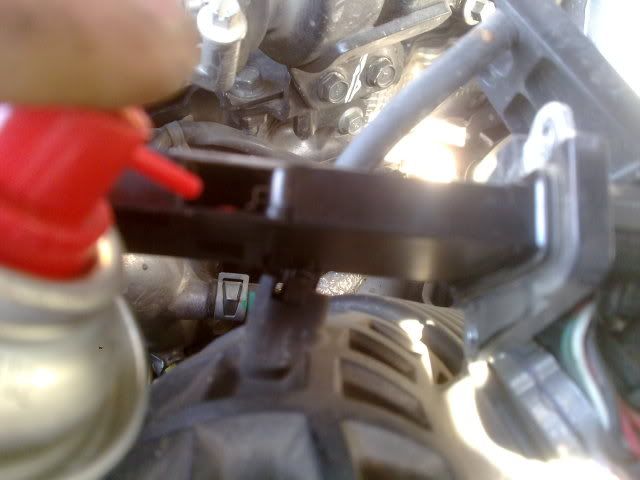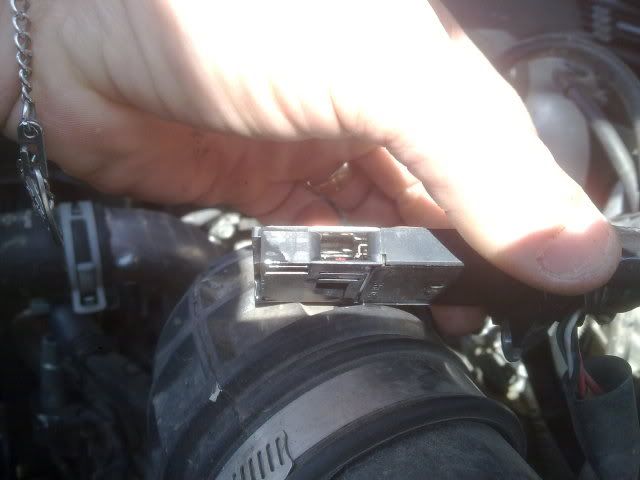JPMC
Member
As most of you know the engines in our Nav's are quite bad for blow-by fumes in the intake. As a result I regularly (every 6 months or so) clean the airflow sensor to keep everything running smoothly. The first time I did it the Nav had 40,000km (25,000 miles) and it was that dirty I couldn't see the colours of the diodes.
This would also be a must for anyone running an aftermarket oiled air filter (ie K&N)
Anyway was doing today so thought I'd write a how to for everyone else.
Tools required are a 7mm spanner and a can of electrical contact cleaner.
First off locate the airflow sensor in the air intake tube just down from the air cleaner.
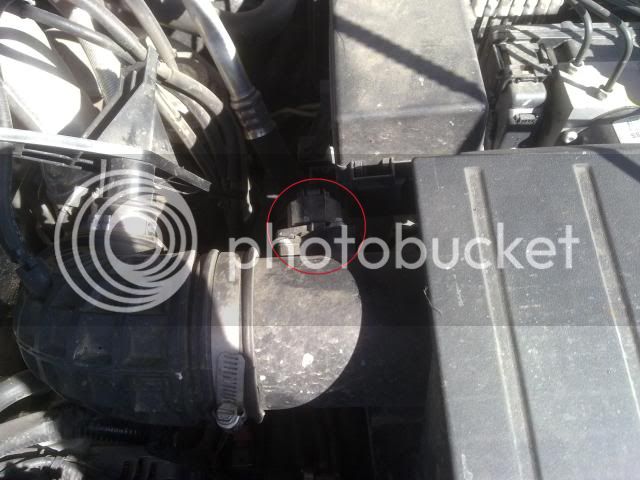
There is two screws with 7mm hex that need to be undone.(one top and one bottom).
After removing the screws slide the sensor out.
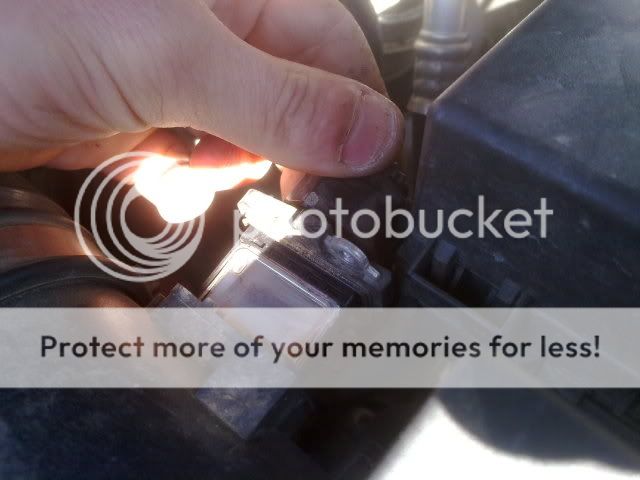
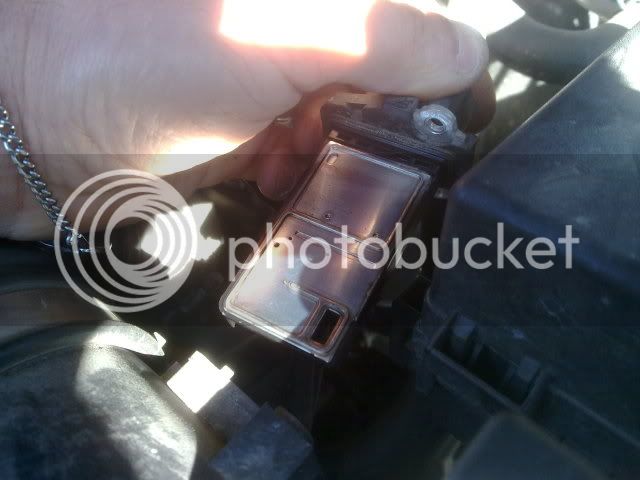
Once the sensor is out look on the side and you will see an opening with a couple of wee diodes inside.
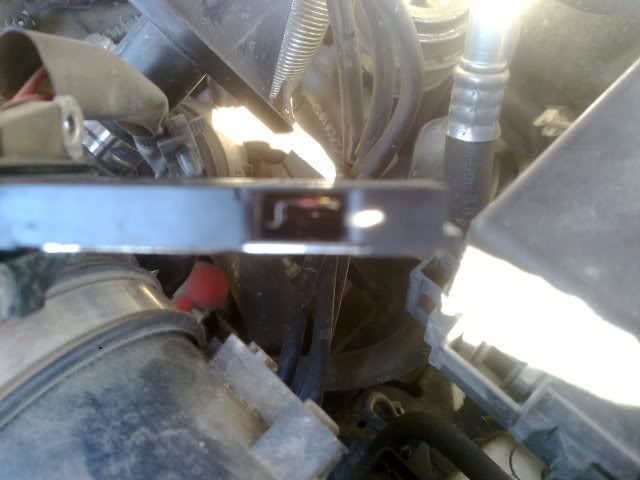
See next post for part 2.
This would also be a must for anyone running an aftermarket oiled air filter (ie K&N)
Anyway was doing today so thought I'd write a how to for everyone else.
Tools required are a 7mm spanner and a can of electrical contact cleaner.
First off locate the airflow sensor in the air intake tube just down from the air cleaner.

There is two screws with 7mm hex that need to be undone.(one top and one bottom).
After removing the screws slide the sensor out.


Once the sensor is out look on the side and you will see an opening with a couple of wee diodes inside.

See next post for part 2.





